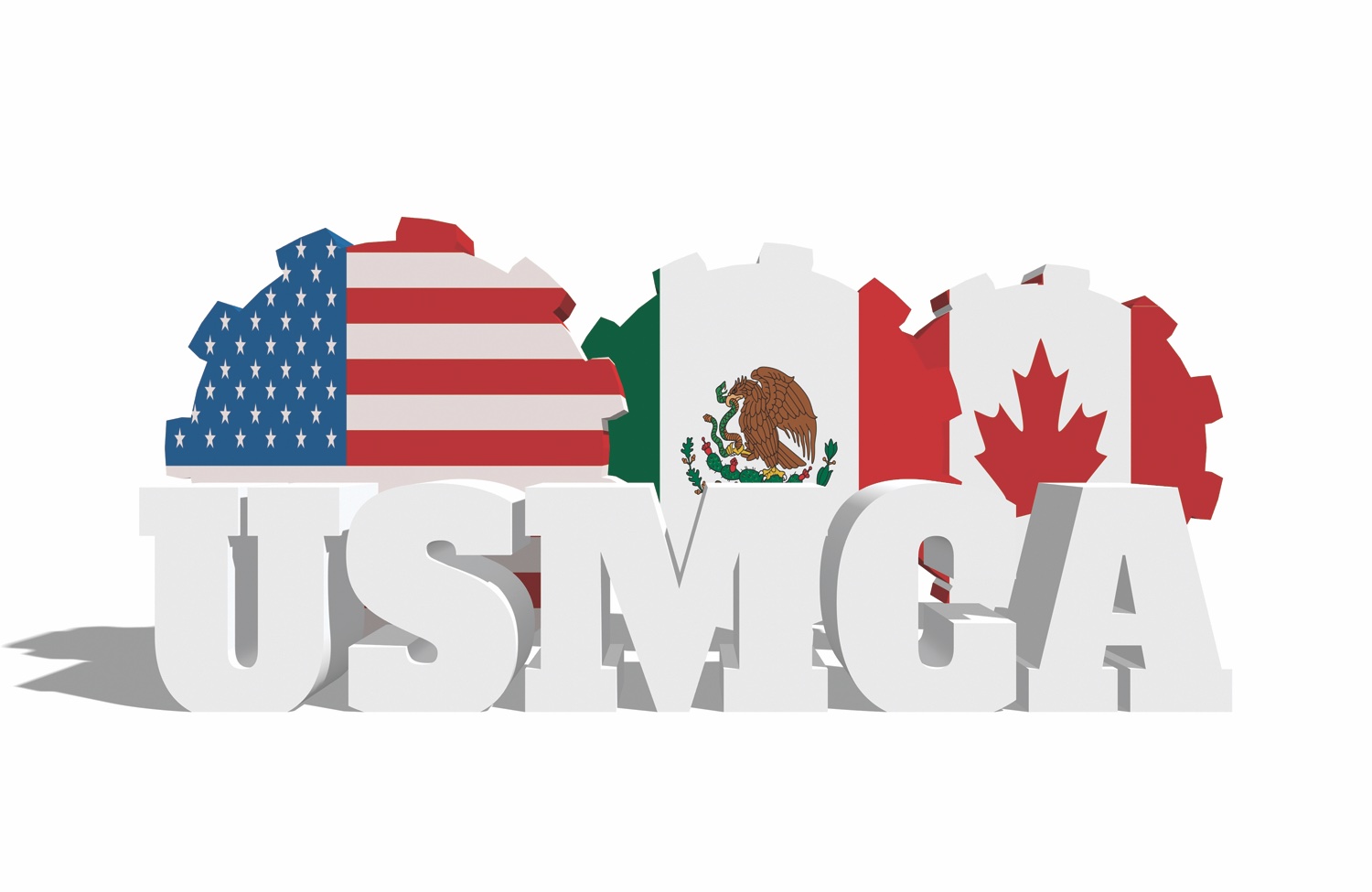During his 2016 presidential campaign, Donald Trump promised to renegotiate the North American Free Trade Agreement (NAFTA). As president, he did so; the result is the U.S.-Mexico-Canada Agreement (USMCA), which Trump signed into law on January 29.
Canada has yet to sign. It is expected to do so, but the deal is currently still in Parliament’s Foreign Affairs and International Trade Committee, which has hearings slated for late February. The process could delay ratification for months. The agreement will go into effect 90 days after Canada ratifies.
Under USMCA, U.S. farmers will gain more access to the Canadian dairy market. As the dairy industry grows and farmers increase profits, they’re more likely to pull the trigger on building and expansion projects.
The Office of the U.S. Trade Representative reported:
“The new United States–Mexico–Canada Agreement (USMCA) will advance United States agricultural interests in the most important markets for American’s farmers, ranchers, and agribusinesses. This high-standard agreement opens new markets to expand United States food and agricultural exports and support food manufacturing and rural jobs.
“Canada and Mexico are our first and third largest exports markets for United States food and agricultural products, making up 28 percent of total food and agricultural exports in 2017. These exports support more than 325,000 American jobs.”
A fact sheet from the USTR explained: “All food and agricultural products that have zero tariffs under the North American Free Trade Agreement (NAFTA) will remain at zero tariffs. Since the original NAFTA did not eliminate all tariffs on agricultural trade between the United States and Canada, the USMCA will create new market access opportunities for United States exports to Canada of dairy, poultry, and eggs, and in exchange the United States will provide new access to Canada for dairy, peanuts, processed peanut products, and a limited amount of sugar and sugar containing products.”
What Lies Ahead
NAFTA, which went into effect in 1994, eliminated many of the tariffs between Canada, Mexico, and the United States. In effect, this encouraged manufacturers to move production to Mexico to take advantage of lower wage rates. One of the ways the USMCA addressed this issue is by mandating that upon ratification, 30% of auto parts must be made by workers earning at least $16 per hour to qualify for zero tariffs. By the year 2023, that percentage raises to 40%. Also, automobiles must have 75% of their components manufactured in Mexico, the U.S., or Canada to qualify for zero tariffs (up from 62.5% under NAFTA).
The USMCA deal encourages United States manufacturing and regional economic growth, both of which may contribute to additional building projects for home and business owners.
Mark Stover, President of Perma-Column, said there was a lot of optimism at the National Farm Machinery Show held in Louisville Feb. 12-15. He said, “I think the optimism is based on the region you’re from. In Wisconsin, it’s because of the opportunities on the dairy side that the USMCA opens up for exporting milk and cheese.” And in Tennessee and Arkansas, the optimism is based on the pork and poultry markets opening up.
No one really knows what the overall impact will be, but it’s positive. And as revenue grows, people in the industry will make investments back into their businesses. “Some are building now in anticipation of the growth,” he said. Others are waiting to see, but farmers are looking for positive growth in 2020 and hope that it will continue in 2021.
Steve Sukup, President and Chief Executive Officer of Sukup Manufacturing Co., also attended the National Farm Machinery Show in Louisville, and the Iowa Power Show a couple weeks before that. He said these two shows are among the top five shows that give a good indication of what it looks like ahead for the ag industry.
“A lot of people have a positive outlook,” he said. “Many are ready to make decisions this year [about expanding and adding equipment]. We’re feeling better about the industry this year than we have over the last couple of years.
“The Commercial ag segment is good and strong. And the farm market is slightly better than last year,” he continued.
Sukup explained the USMCA will add a positive improvement for the ag community. “It’s giving some certainty that had been lacking in the markets.”
To learn more about the details of the USMCA, read the issue-specific fact sheets from the Office of the United States Trade Representative. https://ustr.gov/trade-agreements/free-trade-agreements/united-states-mexico-canada-agreement/fact-sheets/usmca-issue-specific-fact-sheets RB



















